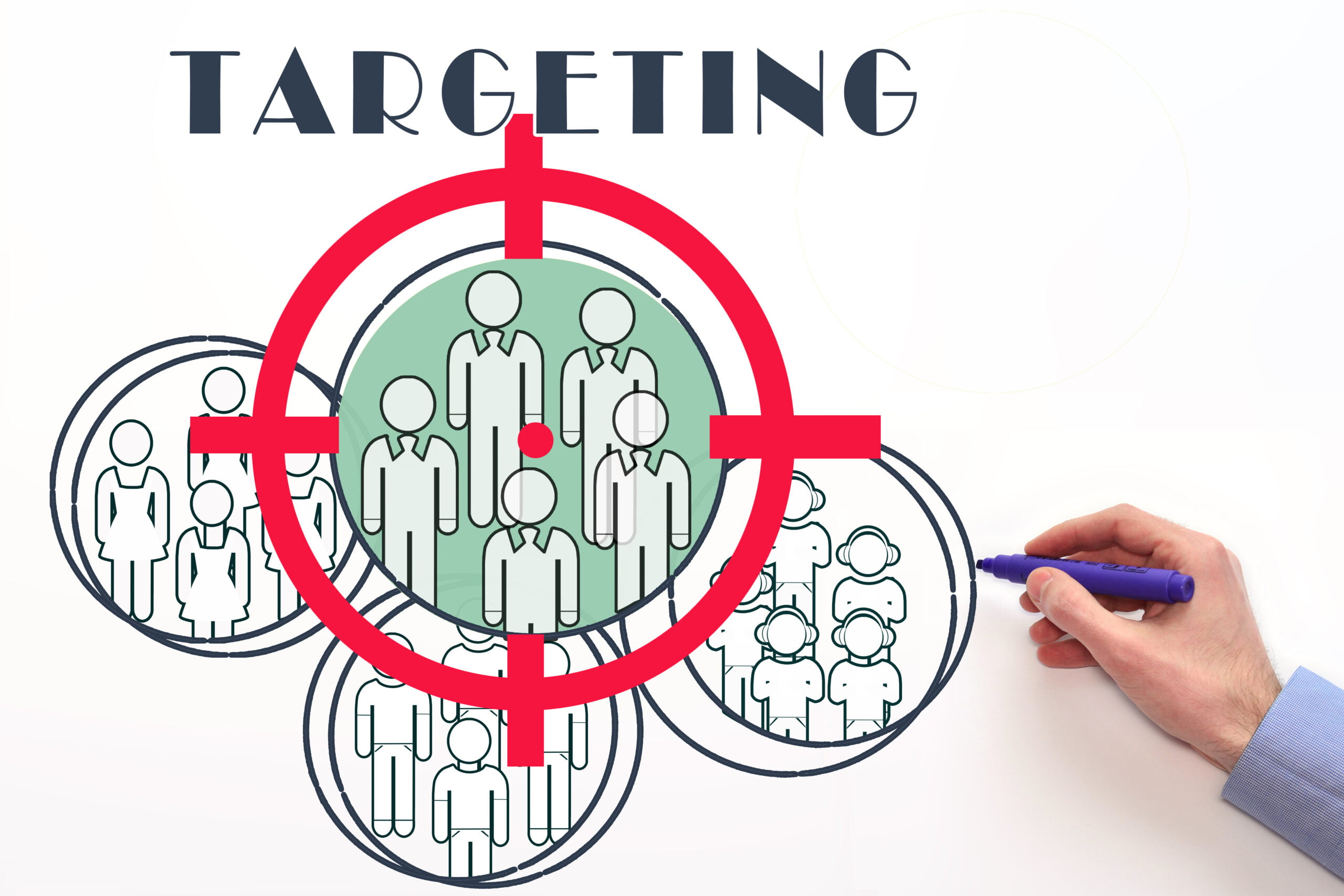What is Database Segmentation?
Database segmentation is the process of dividing a database into smaller, more manageable sections or subsets based on certain criteria. These criteria may include data type, geographic location, customer demographics, or any other relevant factors for your business that help to organise and categorize customer data in a meaningful way.
The purpose of database segmentation is to improve data management and analysis, as well as to enhance data security and privacy. By dividing a database into smaller segments, it becomes easier to search and retrieve specific data, and to perform targeted marketing, analysis, and reporting.
Overall, database segmentation is a valuable tool for improving the efficiency, effectiveness, and security of database management and analysis.

What are the benefits of segmenting your database?
There are several benefits of segmenting a database, including:
- Personalised communication: Segmenting a database allows businesses to tailor their communication and marketing efforts to specific customer groups. By sending personalised messages, businesses can increase engagement, build trust, and improve customer loyalty.
- Improved customer satisfaction: By understanding the needs and preferences of different customer segments, businesses can offer targeted products, services, and promotions. This can once again lead to increased customer satisfaction and loyalty.
- Better resource allocation: By focusing marketing and sales efforts on high-value customer segments, businesses can maximise their resources and increase the return on investment (ROI) of their marketing campaigns.
- Increased revenue: Segmenting a database can lead to increased revenue by identifying high-value customer segments and offering targeted promotions and upselling opportunities.
- Better customer retention: By understanding the behaviour and preferences of different customer segments, businesses can proactively engage with at-risk customers and implement retention strategies to reduce churn.
- Improved data management: Segmenting a database makes it easier to manage and analyse customer data, leading to better insights and decision-making.
How can you Radar help you segment your database?
Radar provides clients with the opportunity to segment their database based on their business requirements and goals in addition to our experience to support those requirements. The tailored segmentation allows for easy customer marketing campaign selections and analysis.
There are various ways to segment a database, and the best method depends on the specific goals and needs of your business. Some common methods for segmenting a database include:
- Behavioural segmentation: This involves dividing the database based on customer behaviour, such as purchase history, website activity, social media engagement, and email response rates.
- RFV segmentation: RFV segmentation involves dividing the database based on Recency, Frequency, and Value.
- Demographic segmentation: This involves dividing the database based on demographic characteristics such as age, gender, income, education, occupation, and marital status.
- Geographic segmentation: This involves dividing the database based on geographic location, such as country, city, state, or region.
- Psychographic segmentation: This involves dividing the database based on personality traits, values, interests, and lifestyle choices.
- Predictive segmentation: This involves using predictive analytics to identify patterns in customer behaviour and segment the database accordingly. For example, a predictive model may identify customers who are likely to churn, and businesses can target them with specific retention strategies.
The most effective method of segmenting a database depends on the specific business needs and goals. By selecting the appropriate segmentation method, businesses can better understand their customers, create targeted marketing strategies, and improve overall customer satisfaction and retention.
Get in touch
If you would like to understand more about the Radar CRM and database segmentation for your business and how Radar may be able to help you with your business challenges, get in touch.
Overall, we:
- Integrate with your business partners and align all customer data into a single customer view.
- Enable full automation of customer communications throughout the customer journey with our CRM, marketing suite, and email platform, using the single customer view.
- Enable compliant management of customer permissions and preferences through our preference centre.
- Provide greater visibility through reporting and analysis with our online customer surveys and questionnaires.
- Enable a more targeted personalised communications strategy with our customer segmentation experience and technology capability.
- Provide greater visibility of business performance through our reporting tool, enabling smarter decision making.
- Help to bring marketing, sales, and customer operations teams together with aligned technology catering for all customer touchpoints throughout the customer journey.
- Provide all the training, ongoing support, and advice your teams require.
We also pride ourselves in being a trusted advisor for our all our clients, whatever challenge they face, the experienced team have often walked in their shoes before!
Looking to find out more? Get in touch and we can help you with your requirements and delivering a tailored solution for your business.
Email us at michelle@marketingradar.com


